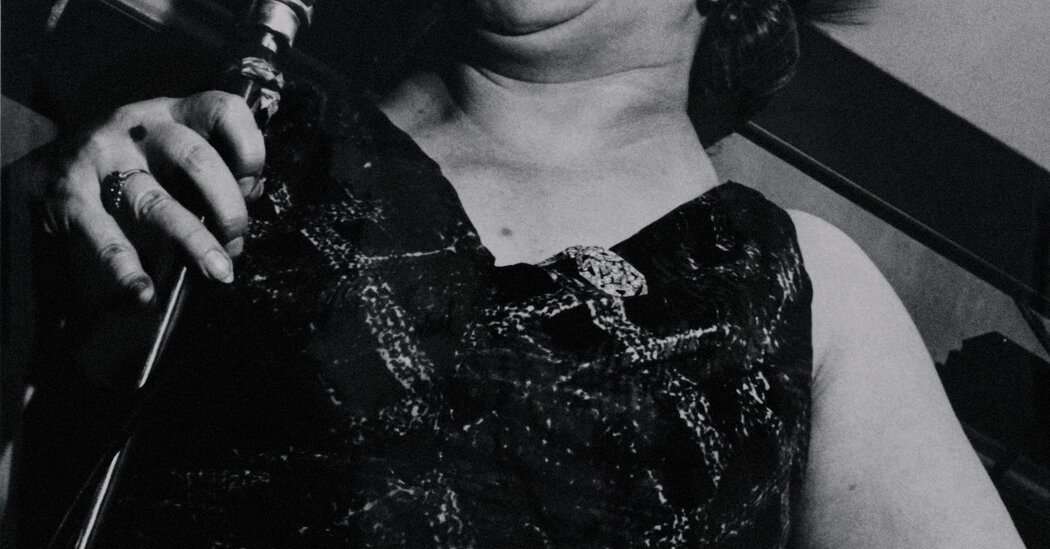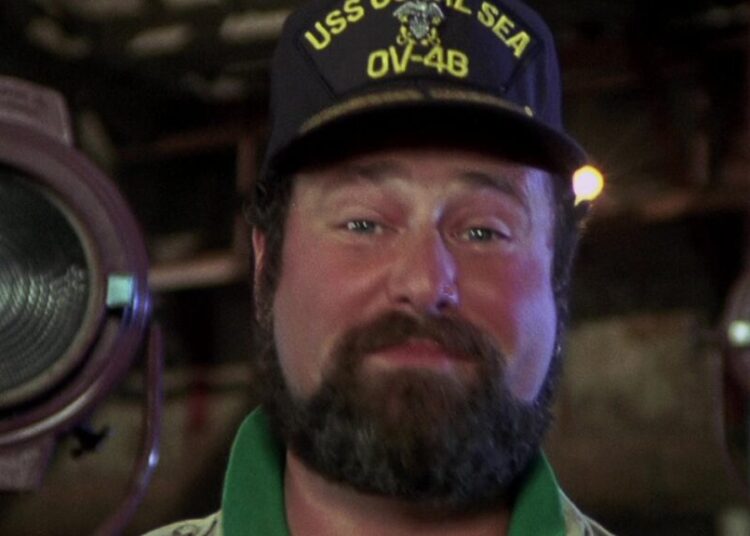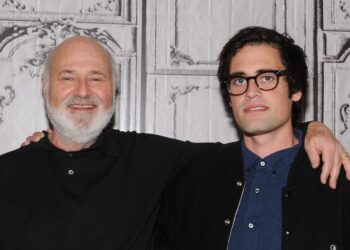
It might be located in a gilded former Hapsburg palace just off Vienna’s grand Ringstrasse boulevard, but for the next few months a corner of the Albertina Museum is channeling America. Enter a second floor gallery, and vintage black-and-white photographs of New York City, San Francisco and Nevada are everywhere you look.
In one set of prints, stern men stride along Wall Street, frostily surveyed by the statue of Alexander Hamilton outside Federal Hall. In the next-door room, Lower East Side panhandlers wait despondently for passing trade. Nearby are depictions of dusty dive bars and gambling dens in Reno, Nev., populated by women with blank gazes and guys on the prowl.
The pictures are all by Lisette Model, one of the United States’ most influential photographers. Model’s candid — and sometimes cruel — portraits, mostly taken in the 1940s and ’50s, created an entire school of street photography.
Capturing people unawares, pushing the camera uncomfortably close or aggressively cropping her prints to emphasize every grimace, flaw or questionable wardrobe decision, Model sought to show humans with their defenses down — a lesson she passed on to her students, including Larry Fink and Diane Arbus.
“Don’t shoot until the subject hits you in the pit of your stomach” was her advice to her pupils.
The post Pioneering U.S. Street Photography, With Vienna in the Background appeared first on New York Times.



